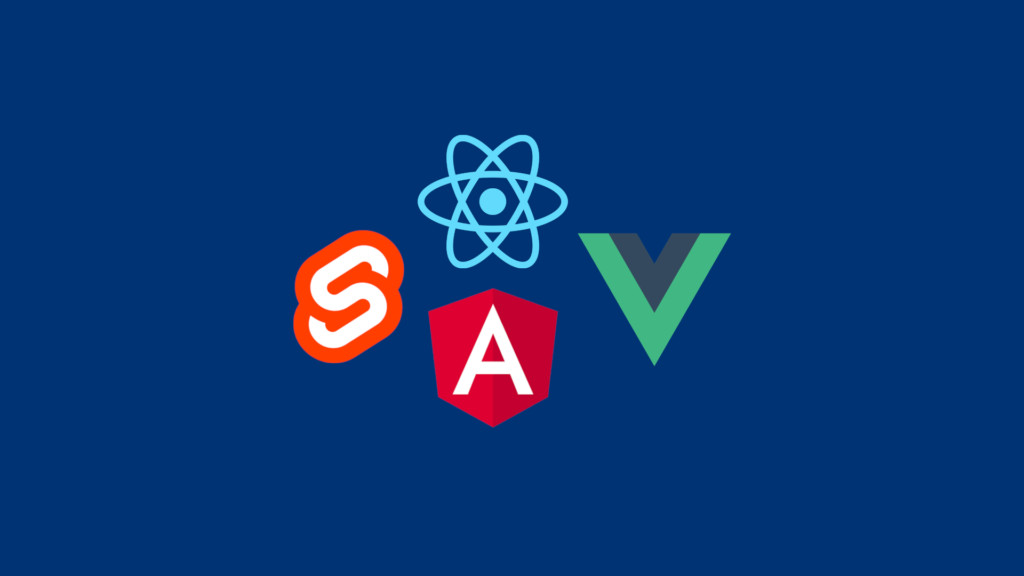
In the rapidly evolving landscape of web development, front-end frameworks play a crucial role in creating dynamic, responsive, and efficient web applications. Among the myriad of options available, React, Vue, Angular, and Svelte stand out due to their popularity, performance, and unique features. This article provides a comparative analysis of these frameworks and offers best practices for developing applications with them.
Overview: Developed by Facebook, React is a library for building user interfaces with a component-based architecture. It uses a virtual DOM to optimize rendering and offers a declarative approach to programming.
Strengths:
Weaknesses:
Overview: Created by Evan You, Vue.js is a progressive framework known for its simplicity and flexibility. It is designed to be incrementally adoptable, meaning it can function as a library for adding interactivity to a project or as a full-fledged framework for building complex applications.
Strengths:
Weaknesses:
Overview: Angular, developed and maintained by Google, is a comprehensive framework for building web applications. It uses TypeScript and offers a structured architecture, making it ideal for large-scale enterprise applications.
Strengths:
Weaknesses:
Overview: Svelte is a relatively new framework that takes a different approach by shifting much of the work to compile time, resulting in highly optimized, small bundles of JavaScript.
Strengths:
Weaknesses:
Choosing the right front-end framework depends on your specific project needs, team expertise, and long-term maintainability goals. React, Vue, Angular, and Svelte each offer unique advantages and trade-offs. By understanding these differences and following best practices, developers can create high-quality, scalable, and performant web applications.
We, at MHKB, have a preference towards and are mainly working with Svelte. Its weaknesses are rapidly becoming irrelevant, especially as more big companies embrace it. Notably, Rich Harris, the creator of Svelte, is now working at Vercel, which gives Svelte a potentially great future. Companies like The New York Times, Apple, and Spotify have adopted Svelte for various projects, highlighting its growing significance in the industry. For more information on Svelte latest innovations, read this detailed article on Svelte 5. [⁴][⁵][⁶]
